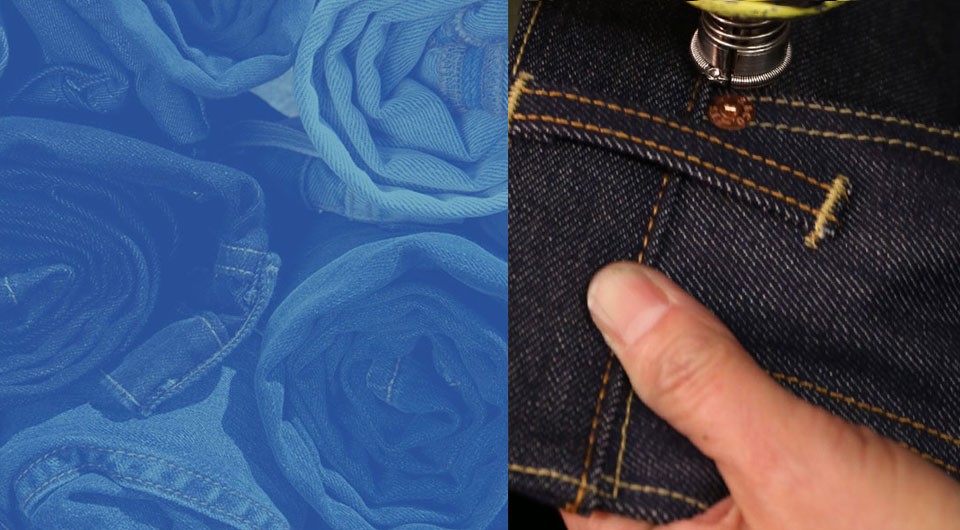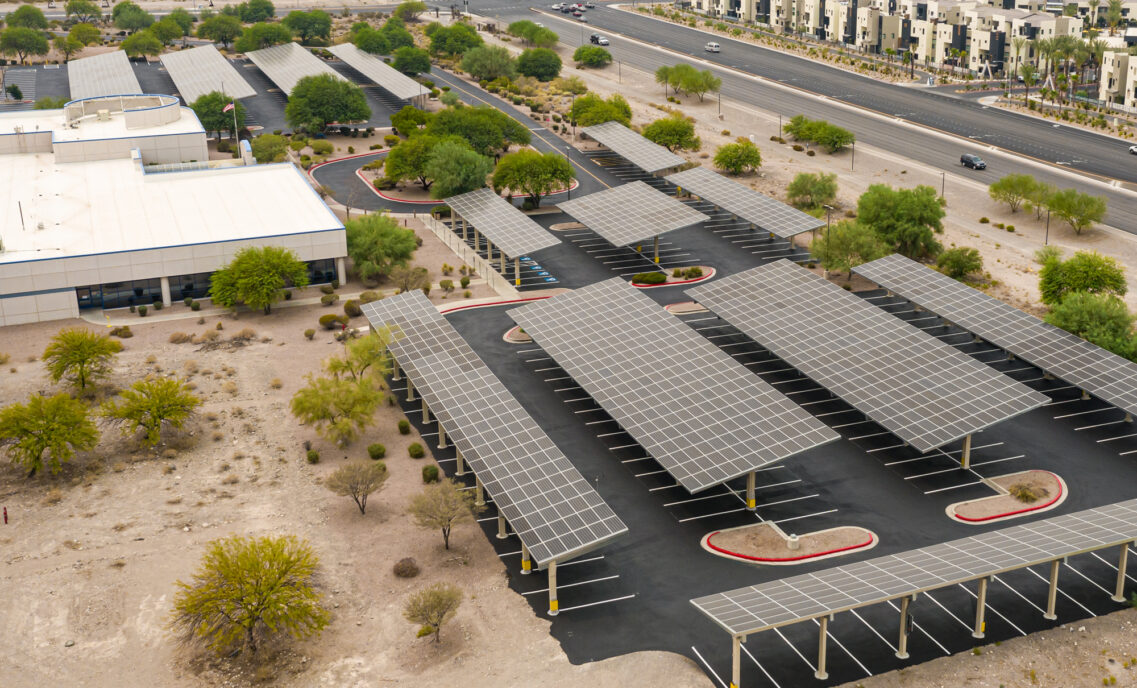Ideally, people should treat their clothes like they treat their cans and bottles – recycle what you have so that it can be reprocessed into something new or reusable. The environment may depend on it.
As recently highlighted in The Guardian (based on a piece from Yale’s Environment 360) a growing number of environmentalists and clothing industry executives say it’s time to end the wasteful clothing culture and begin making new apparel out of old items on a large scale.
Americans dispose of about 12.8 million tons of textiles annually — 80 pounds for each man, woman, and child. That not only accounts for a lot of waste, it’s also a big contributor to the environmental footprint of the apparel industry.
Which is exactly what’s lighting a fire under some of the biggest brands across the globe.
Here at Levi Strauss & Co., we’ve been looking at new ways to build out a more circular economy. And we’re not alone. Other brands, including H&M, American Eagle Outfitters, Nike, and The North Face, have made big strides to close the apparel loop. And startups like Ambercycle, Dutch Awareness and EvrNu, are taking that to the next level by developing chemical processes to take cotton, polyester, or blended apparel and transform them into new fibers.
“Our ultimate goal is to harvest our raw materials from our consumers’ closets,” Michael Kobori, vice president of sustainability at Levi Strauss & Co., told Yale.
Our goal is to establish an infrastructure that supports closed loop products by 2020 through efforts such as collecting old clothes and shoes at any U.S. Levi’s® store to reuse, repurpose or recycle them. We also hope to reduce the impact of cotton agriculture by harvesting the denim from people’s closets that would otherwise end up as landfill, transforming it into things like insulation for buildings, cushioning material and new fibers for clothing.
There’s no doubt that there’s much work to be done. Conventional recycling of clothes doesn’t create materials for new clothes. By contrast, a closed loop or circular economy ideally keeps textile resources in use for a long as possible, and then recovers the materials at the end of life to make new high-value products. Partnerships like that between Levi’s® and EvrNu, which led to the creation of the first-ever pair of jeans made from post-consumer cotton waste, is a start but there is a ways to go.
Read the full Guardian story here.

Taking a Hard Look at the ‘Throwaway Clothing Culture’
August 22, 2016






